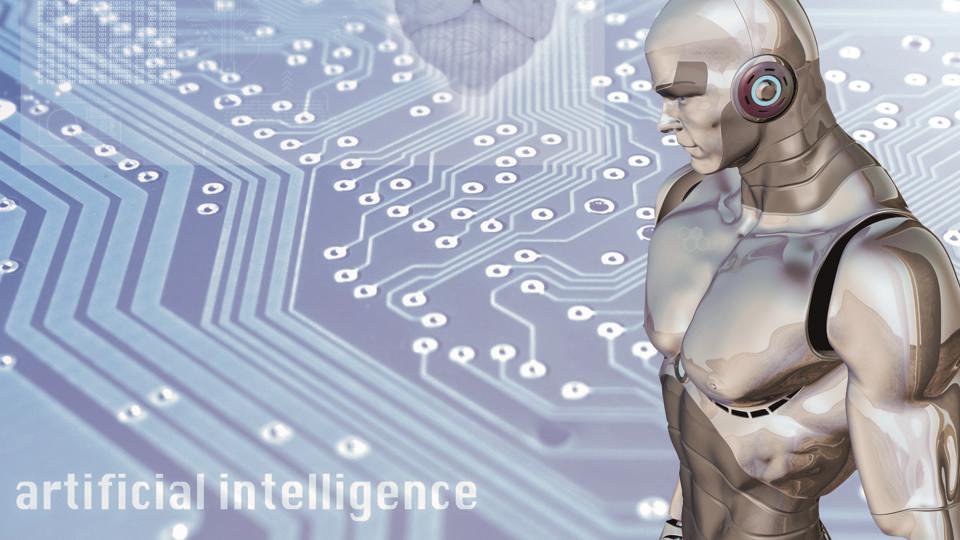MIT engineers develop AI solution to see ‘invisible’ objects in the dark
The Artificial Intelligence-based solution allows machines to see tiny imperfections in objects like a wine glass or creases on a contact lens.

Engineers at Massachusetts Institute of Technology (MIT) have developed an Artificial Intelligence (AI) mechanism to see "invisible" objects in the dark.
According to MIT engineers, the technology allows one to see objects as tiny as small imperfections in a wine glass or creases on a contact lens which are usually difficult to make out even in good light. Engineers used "deep neural network" to train a computer to "associate certain inputs with specific outputs — in this case, dark, grainy images of transparent objects and the objects themselves."
Engineers trained over 10,000 'transparent' glass-like etchings based on grainy photos taken in low light conditions. "The images were taken in very low lighting conditions, with about one photon per pixel — far less light than a camera would register in a dark, sealed room. They then showed the computer a new grainy image, not included in the training data, and found that it learned to reconstruct the transparent object that the darkness had obscured," said MIT in a blog post.
"In the lab, if you blast biological cells with light, you burn them, and there is nothing left to image," said George Barbastathis, professor of mechanical engineering at MIT. "When it comes to X-ray imaging, if you expose a patient to X-rays, you increase the danger they may get cancer. What we're doing here is, you can get the same image quality, but with a lower exposure to the patient. And in biology, you can reduce the damage to biological specimens when you want to sample them." ALSO READ: Google launches AI project in Thailand to screen for diabetic eye disease


At the core of the new AI mechanism is "Deep dark learning." According to engineers, the 'deep neural network' is much more dynamic than the traditional ones as it includes more detailed layers of computation for input and output.
Similar to the traditional process of data labelling, engineers used neural networks to recreate 'transparent' objects in photos taken in full light conditions. They further used a custom light modulator to closely observe the patterns on a sample glass slide.
MIT explained, "The team developed a deep neural network to identify transparent patterns from dark images, then fed the network each of the 10,000 grainy photographs taken by the camera, along with their corresponding patterns, or what the researchers called "ground-truths." ALSO READ: Microsoft Azure Machine Learning now available to all data scientists, developers
Catch all the Latest Tech News, Mobile News, Laptop News, Gaming news, Wearables News , How To News, also keep up with us on Whatsapp channel,Twitter, Facebook, Google News, and Instagram. For our latest videos, subscribe to our YouTube channel.






























